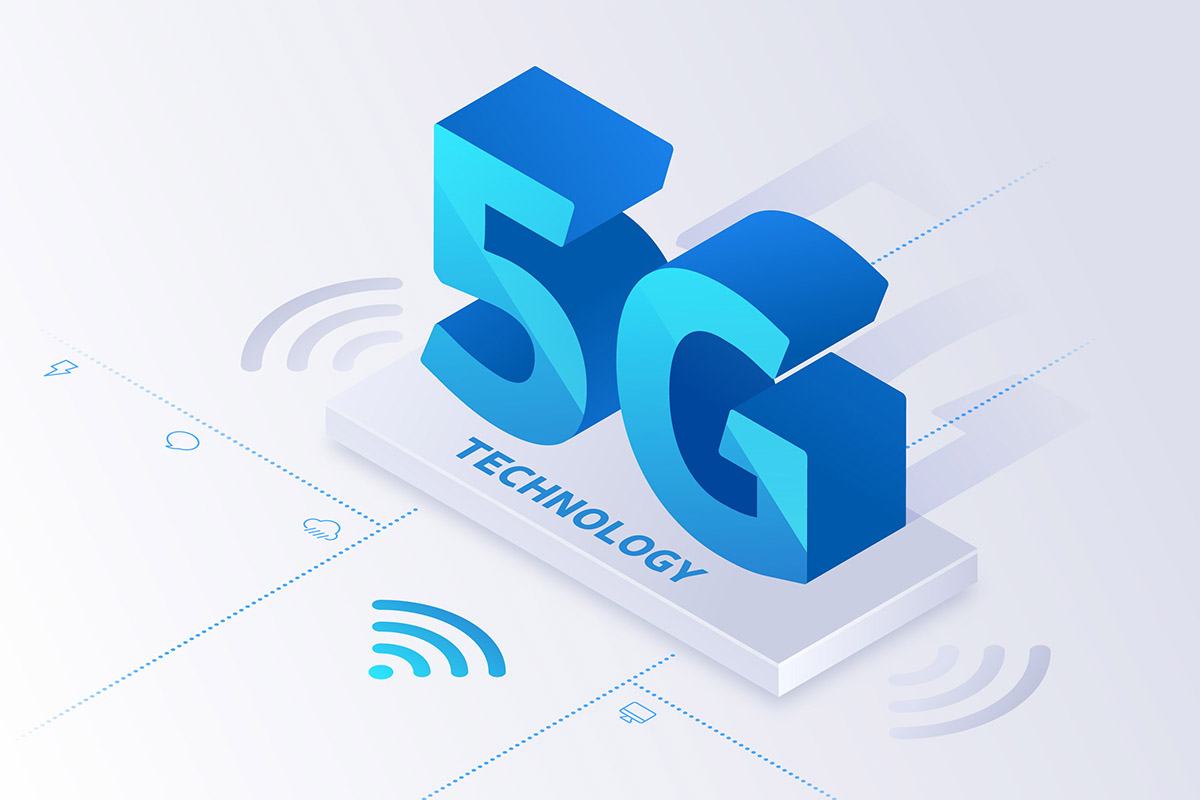Running a smooth and secure network is no small feat; network administrators can attest to that. The software tools at their disposal often determine the ease and efficiency with which they perform their tasks. One tool that has become indispensable in this landscape is Remote Desktop Protocol (RDP). This solution offers numerous vital features and benefits, particularly valuable for network administrators.
RDP for Network Administrators: What Is RDP?
Remote Desktop Protocol, commonly known as RDP, is a proprietary protocol developed by Microsoft. It has become a crucial tool for network administrators, allowing individuals to connect to and control another computer over a network connection from a different location. This feature allows network administrators to remotely access and manage systems, even if they are physically located far from the network’s devices and servers.
The Core Features of RDP
RDP offers many features that make it an essential tool for network administrators. First and foremost, it ensures secure and encrypted connections between the administrator’s device and the remote computer.
This security layer safeguards sensitive data during transmission, reducing the risk of unauthorized access or data breaches. Secondly, RDP facilitates the seamless transfer of files, sound, and video between connected devices, enhancing interactive capabilities during remote work sessions. This versatility empowers network administrators to troubleshoot issues and manage systems efficiently.
Furthermore, the compatibility of RDP with various operating systems, including Windows, Mac, and Linux, makes it an exceptionally versatile tool. Network administrators can utilize RDP regardless of their preferred operating system, providing a unified and consistent experience across different platforms.
Enhanced Security with RDP
In the realm of network administration, security is paramount. RDP addresses these concerns by providing robust security features. The encrypted connection ensures that sensitive data remains protected during remote access sessions, reducing the risk of unauthorized interception.
Additionally, RDP allows administrators to define access levels and permissions, granting specific privileges to authorized users. This added layer of security provides network administrators with peace of mind, knowing that their actions are safeguarded from potential cyber threats and that sensitive data is well-protected.
Improved Productivity Through RDP
The efficiency and productivity of network administrators receive a significant boost with RDP. Administrators can efficiently manage and troubleshoot issues from virtually anywhere by enabling remote access to network resources. This capability reduces the need for physical presence on-site, enabling administrators to respond swiftly to critical situations, perform updates, and maintain systems remotely.
Consequently, network downtime can be minimized, improving overall productivity within the organization. The remote accessibility provided by RDP empowers network administrators to be more agile and responsive to the ever-changing demands of their networks, ensuring optimal performance and minimizing disruptions.
RDP and User Experience
Despite being a powerful tool, RDP does not compromise on user experience. It enables seamless integration of remote and local resources, creating a user-friendly environment for network administrators. This integration allows administrators to work with remote systems as if they were directly interacting with them, streamlining their workflow and reducing learning curves.
The user-centric approach of RDP contributes to the efficiency and ease with which administrators can manage the network. Network administrators can seamlessly transition between their local work environment and the remote systems they access through RDP, ensuring a smooth and intuitive user experience.
RDP for Cost Efficiency
Investing in RDP can lead to significant cost savings for businesses. Managing networks remotely reduces the need for physical travel, reducing travel-related expenses. RDP enables administrators to handle multiple systems from a central location, reducing the need for additional hardware and infrastructure at various locations. These efficiencies contribute to a streamlined network administration process.
Why Network Administrators Should Consider RDP
Network administrators deal with a wide range of tasks and challenges daily. With RDP, they can manage networks more securely, efficiently, and cost-effectively. It’s like having a set of superpowers that allow them to be in multiple places at once, solving problems, and ensuring everything runs smoothly. Therefore, those considering to buy Windows RDP should understand that it’s not just about remote access but improving their whole network administration process.
RDP Arena stands out as one of the oldest and most trusted RDP providers, empowering network administrators with reliable and efficient tools to seamlessly manage their responsibilities in the modern era of remote work.
RDP for network administrators offers invaluable benefits that help them manage their responsibilities more effectively. In an era where efficient remote work is the norm, such tools play a vital role in ensuring businesses operate seamlessly and securely.




















